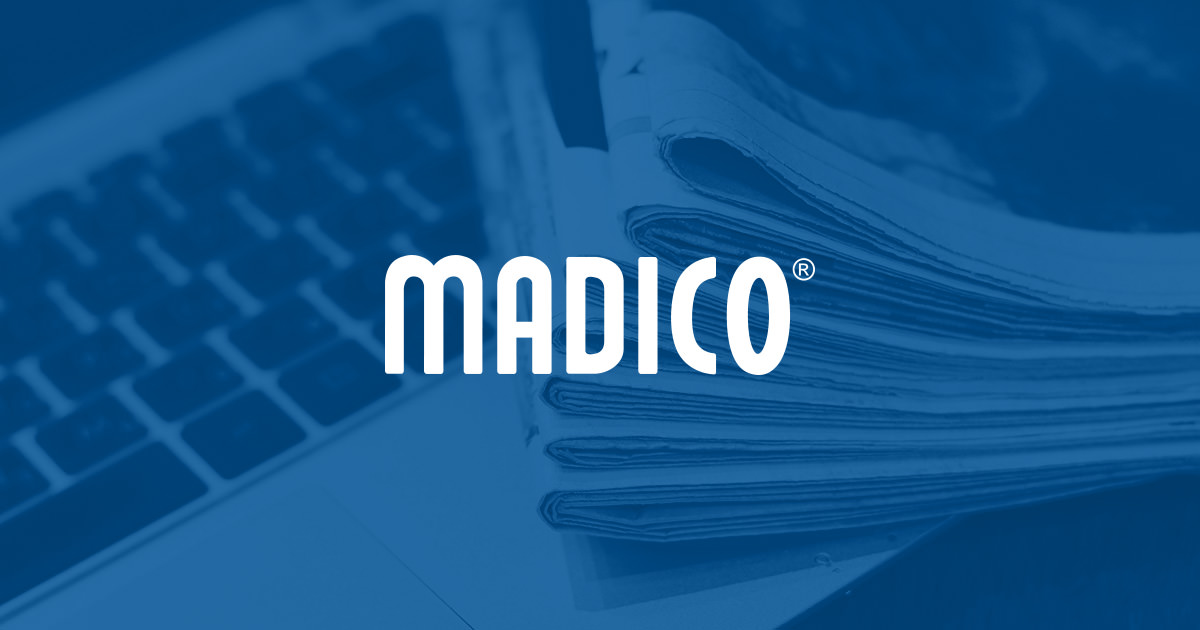
From Staplers to Copiers: Office Equipment
Whether you’re just starting a business or trying to grow one, furnishing andequipping an officecan be overwhelming. Securing an office space can be fairly straightforward, but there are many different considerations when it comes to making your business productive. First, it’s important to identify what equipment you really need. Consider the day-to-day tasks that you and your team needs in order to get work done, while keeping your budget in mind. Do you need multiple printers, copiers, and fax machines, or will small-ticket, multifunctional equipment and cloud-based workarounds solve the issue? If your enterprise is particularly image-conscious, pay due consideration to the rooms and spaces that customers and client will see. Secondly, consider the advantages and disadvantages ofleasing, which is a cheaper option in the short term. Leasing equipment allows your team to adapt to new technology quicker, is tax deductible, and removes the burden of maintenance. On the negative side, leasing becomes costlier over time, donates no equity to your entrepreneurial venture, and offers limited product availability. Finally, it’s time to consider the advantages and disadvantages ofbuying office equipment. Advantages include the ability to sell or modify equipment as needed, tax incentives under Section 179 of the IRS tax code, and no need to deal with pesky contracts or agreements. On the flip side, the initial costs for buying equipment are exponentially higher than leasing. Upgrading equipment to keep up with technological advances is also not as easy or cost effective as leasing. Maintenance can also be costly over time. Whether you’re consideringleasing office equipmentor have the wherewithal to buy your own equipment outright, you’ll find that each option comes with considerably different pros and cons.



